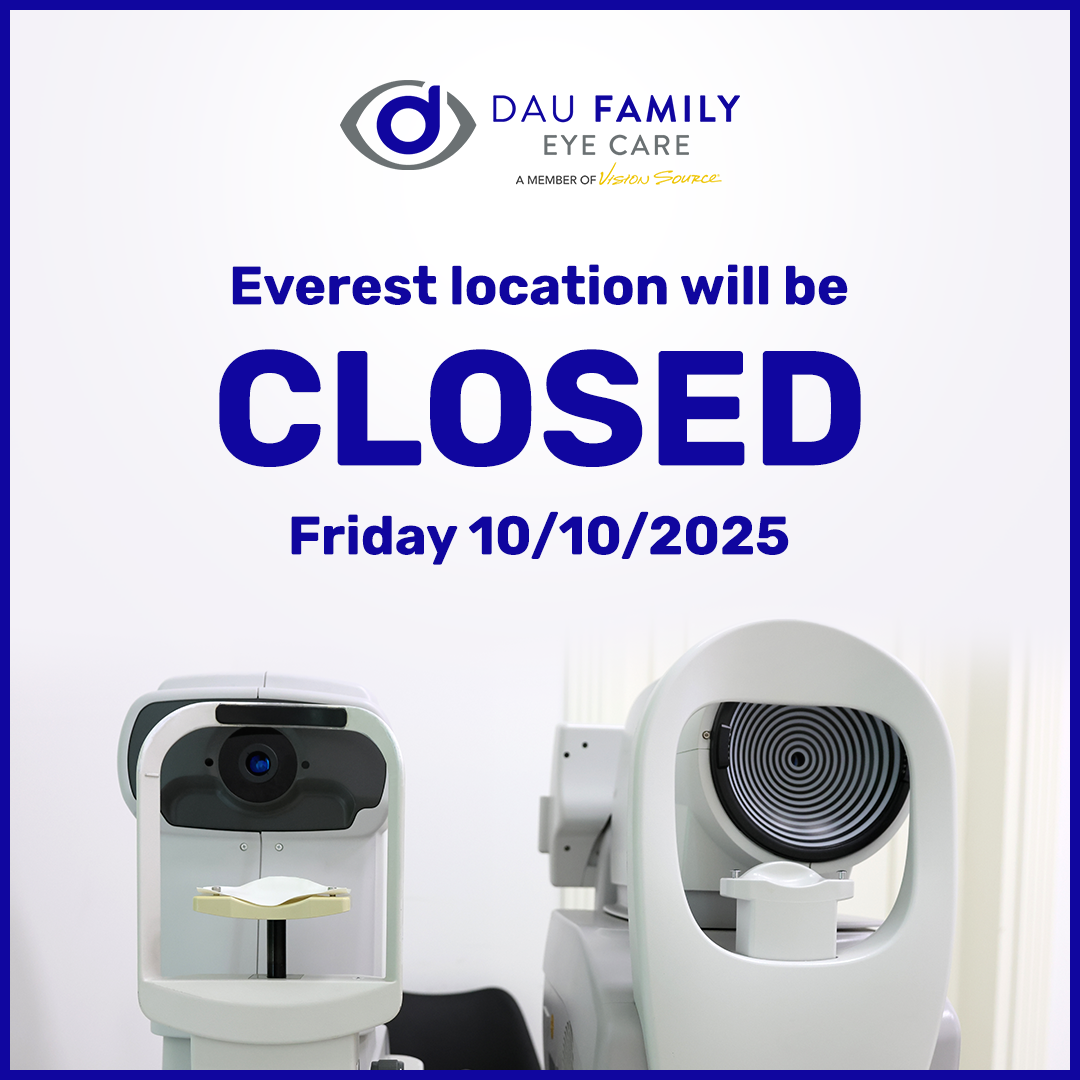
Myopia, or nearsightedness, is a condition that usually onsets in childhood. In most cases, it worsens as the child grows, stabilizing in early adulthood. About 75% of myopic individuals experience stable vision by the time they turn 18. Studies show over 20% of adults experience myopia progression, where their eyesight continues to deteriorate each year.
Understanding Myopia Progression
Myopia progression describes when nearsightedness continues to worsen over the years. It means that the patient regularly needs a stronger lens prescription to see clearly. Eye professionals say myopia progression heightens the possibility of developing severe eye diseases like glaucoma, cataracts, and retinal detachment. Progressive myopia can also increase the risk of developing myopic macular degeneration.
Worsening Myopia in Adulthood
In the past, people thought myopia stabilized when the eye reached full development or adult size. Recent studies show myopia can continue to progress into adulthood. Over 20% of adults with myopia experience worsening myopia between the ages of 20 and 40.
Some individuals experience adult-onset myopia progression. This means vision that had stabilized when the eyes stopped growing begins to worsen as the patient ages. It is essential to monitor myopia as people age to detect progression.
What Worsens Adult Myopia
Eye experts believe the increased use of digital devices is a contributor to myopia progression in adults. Most individuals spend over eight hours each day on a digital device, which places strain on the eye’s focusing muscles.
Prolonged computer use can cause eye strain and headaches and can worsen myopia. Performing extensive near-term activities, such as reading and needlework, can also contribute to myopia progression. Understanding the risk factors for myopia progression can help reduce its effects.
Myopia Management Strategies
Myopia management is a treatment plan that can help to halt or slow myopia progression. Studies show treatment can help slow progression significantly. Eye doctors may recommend various management options, including:
· Multifocal eyeglasses.
· Multifocal contact lenses.
· Orthokeratology (ortho-k) lenses.
· Atropine eye drops.
The efficacy of the management strategies differs for individuals depending on their age, vision condition, and other factors. Studies show atropine does not work as effectively in adults as it does in children.
Myopia Control Strategies for Adults
The best time to begin myopia control is as soon as you notice signs of progression. It will be more effective if you start early. The most effective myopia management options for adults are eyeglasses and contact lenses.
Multifocal lenses help reduce eye strain when performing near-sighted activities or using digital devices. The lenses provide comfortable vision by taking the strain off the focusing muscles. Ortho-k lenses are worn at night and help to reshape the cornea during sleep, which helps to slow the worsening of the condition.
Myopia can continue to progress in adulthood. Monitoring eye health regularly is essential for young adults. Axial length measurements can help determine if an individual is at risk of progression. Annual retinal exams are vital for people with a high level of myopia. Cutting back on digital device use and nearby activities is also beneficial for reducing myopia progression.
For more on what worsens adult myopia, visit Dau Family Eye Care at our office in St. John’s, Florida. Call 904-713-2020 to book an appointment today.





